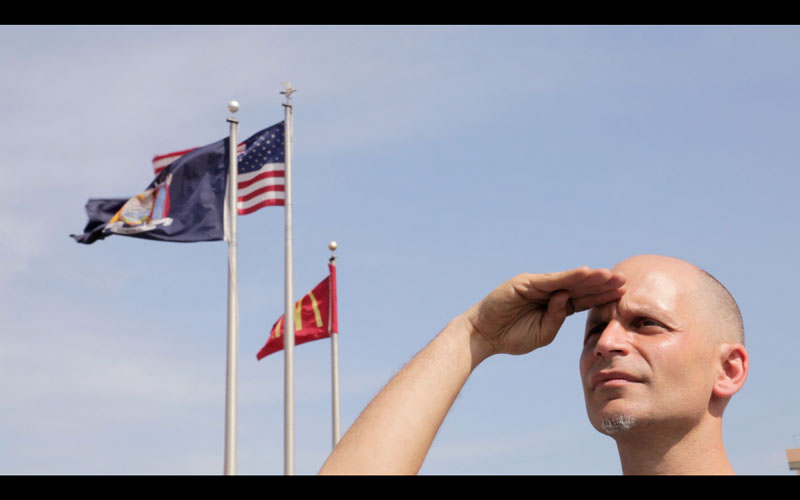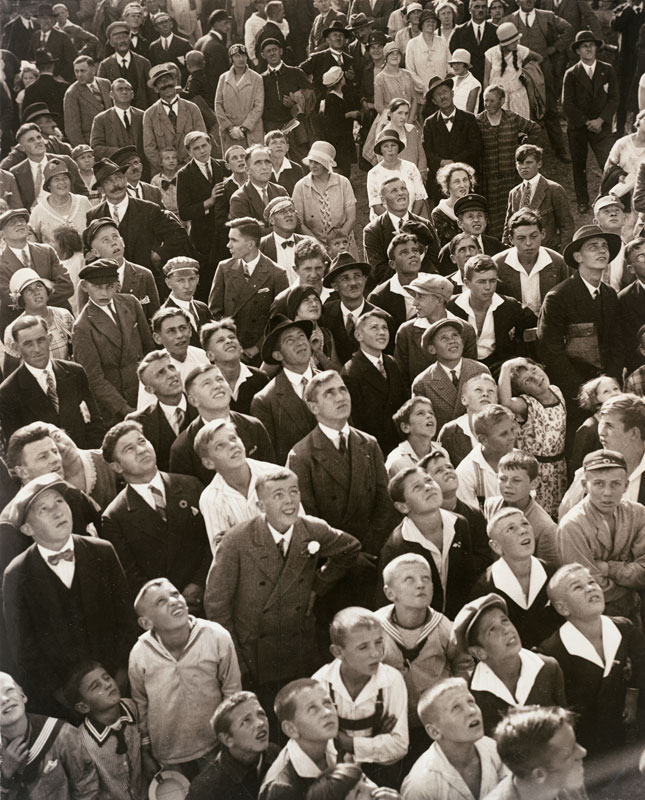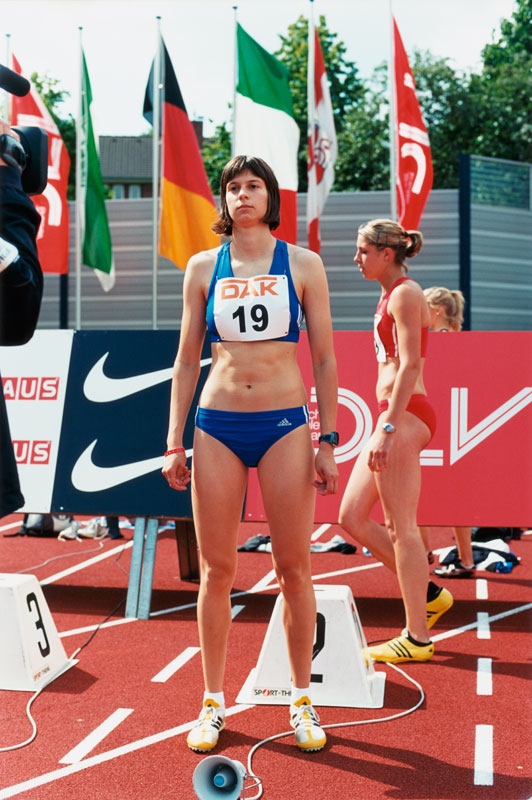Spectacle
Sports today are a spectacle in which media help shape the experience and meaning of games. Even audiences attending live games can watch huge electronic screens that simultaneously televise the action, provide audio commentary, and offer replays. Music and entertainment complement the action or fill in for every moment of inactivity on the field. And players can be seen looking up at screens with live action to help them evade or outrun opponents.
Today’s spectacular sports culture promotes participation on various levels, from organized teams to weekend warriors to online gamers to professional athletes. The growth of professional sports and media has contributed to a new relationship between fans and players. Fans are now participant-observers. In the past, sports stadiums were filled with fans, mostly men, wearing business suits and stylish hats. Today men and women, families and friends, attend games, watch on television, or go to work dressed as their favorite players. We are now in a culture where everyone can be a player.
- 1921
- First live radio broadcast of a sporting event, on Westinghouse station KDKA in Pittsburgh: a prizefight between Johnny Dundee and Johnny Ray.
- 1970
- ABC airs Monday Night Football and revolutionizes sports broadcasting with instant replays and slow motion.
- 2011
- Super Bowl XLV, pitting the Pittsburgh Steelers against the Green Bay Packers, averaged 111 million viewers, making it the most-viewed American television broadcast.




